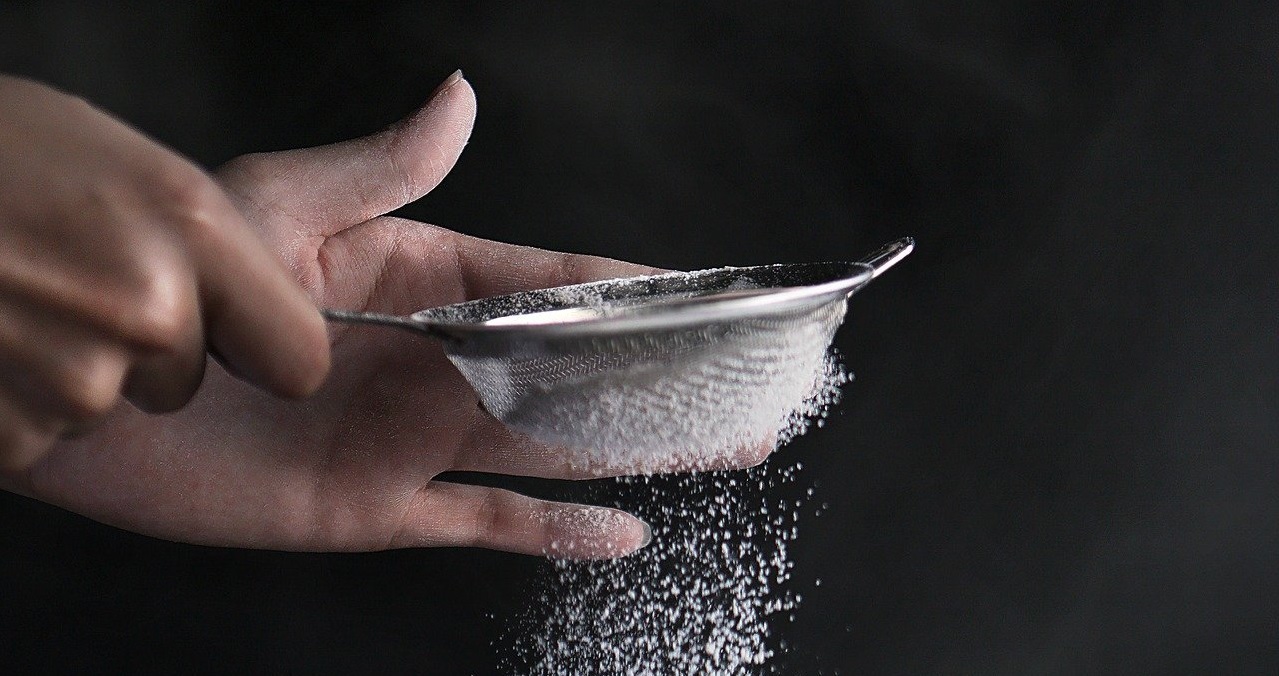
Micronized Flours and Protein Concentrates
The particle size of flours depends on the hardness of the grain and the milling system. Generally, softer grains tend to produce finer flours, while harder grains result in coarser flours. However, the milling system can be designed to further reduce particle size. For harder grains, this translates into greater heating of the samples and a higher percentage of damaged starch, especially if the milling system is not well designed.
Soft cereals, such as wheat and rye, typically produce white flours with an average particle size close to 100 microns. Rye is a special case, as it is too soft and causes issues during milling, necessitating modifications to the system. Therefore, certain systems that facilitate the separation of bran cannot be used, and rye flours tend to be more contaminated with bran than wheat flours. Certain softer wheat varieties can also cause milling issues and require adjustments to the milling scheme. Although this particle size is adequate for most applications and does not need further reduction, some applications are very sensitive to particle size and benefit from a finer particle size. This is the case for sponge cakes, where a smaller particle size can help trap and retain more air in the form of small bubbles.
Micronisation is a flour milling system designed to achieve a finer particle size while minimising the amount of damaged starch. Micronized flours generally have a higher water absorption capacity and greater thickening power, making them more suitable for the production of certain types of cakes.
Protein Concentrates and Other Flours
Flour particles are composed of multiple starch granules covered by a protein matrix. In the micronisation process, this structure is broken down, and most particles become loose starch granules and small protein fragments. Generally, starch granules have a larger particle size than protein fragments, so if they can be separated, fractions with different compositions can be obtained. However, for such fine particle sizes, separation by sieves is not possible, and air systems (cyclones) are needed.
In wheat, there are two sizes of starch granules. Large starch granules range from 15 to 35 microns. The finer fraction would accumulate protein fragments, along with small and some broken starch granules, as well as other substances from the aleurone layer. With this treatment, it is possible to obtain low-protein flours (approximately half the protein content of the original flour) with a particle size between 15 and 35 microns, and a flour with double the original protein content and less than 15 microns. The latter flour has excellent properties for baking and doughs that require a high gluten content and is often used as an improver flour. However, it is important to consider not only the quantity of protein but also its quality.
The fraction larger than 35 microns has a composition similar to conventional flours but with a smaller particle size.
This micronisation and subsequent cyclone separation technique is not currently applied in Spain but is used in other countries, such as France. Some companies sell the products separately, while others use them internally to improve the quality of their traditional flours.
The micronisation and separation process can be applied to other grains, such as legume flours or oat flours, but it is necessary to study the cut-off point (the particle size at which to separate) based on the size of the starch granules. In the case of legume grains, this technique is used to obtain protein concentrates with around 50% protein, due to the higher protein content of legumes. The resulting products are marketed for both animal feed and human consumption. In the latter case, there has been a significant increase in interest in these fractions from pea flour due to their suitability for making meat analogues. For oat flour, this technique has also been used to obtain fractions rich in beta-glucans.
This technology (micronisation and subsequent separation) is not usually useful when starch granules are very small and do not easily separate from protein particles, or when grains are predominantly composed of starch with a low protein fraction. Thus, it has not been applied to flours from cereals such as rice or maize.